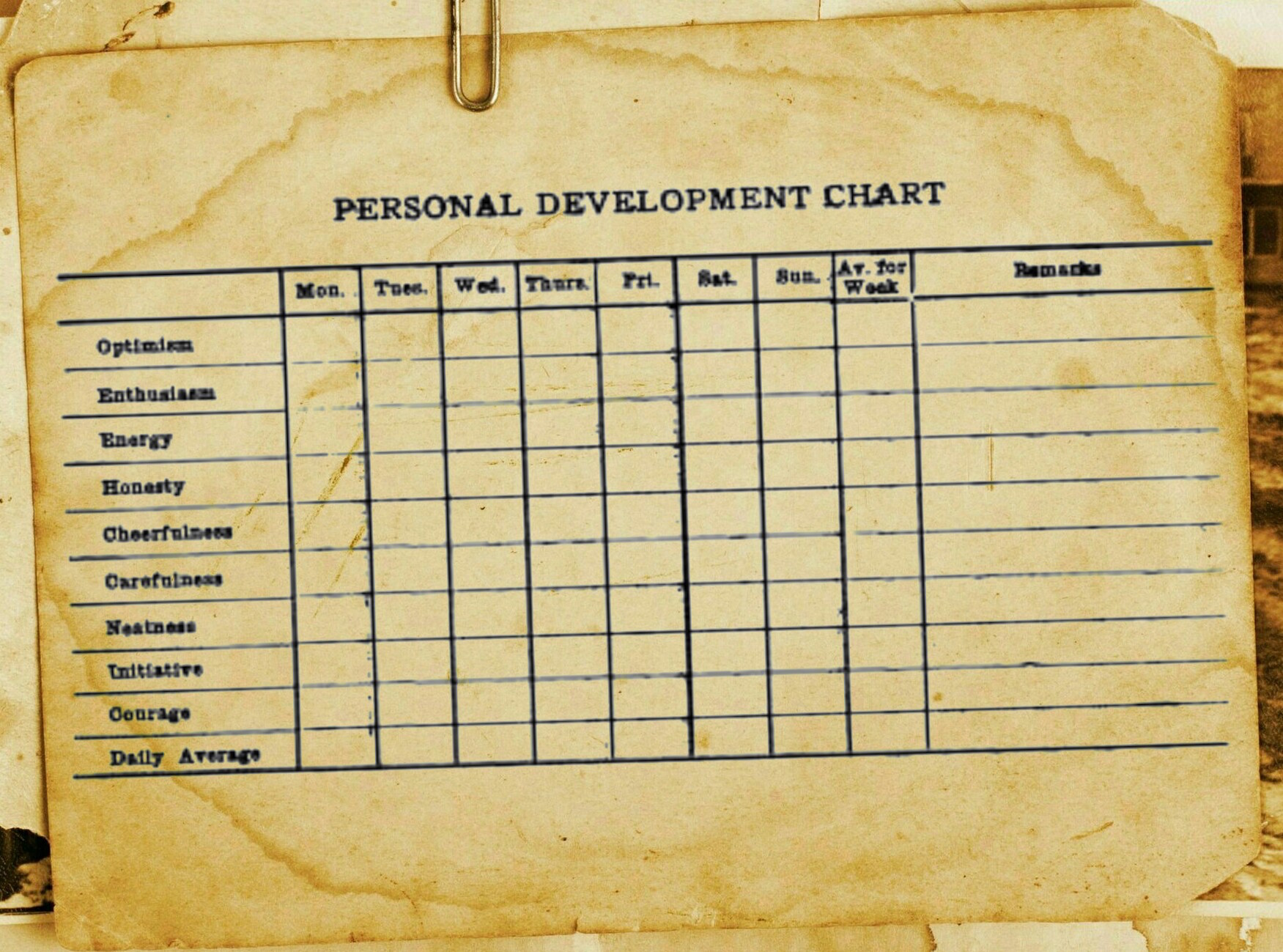For some people everything seems so easy. It looks as if they are successful at what they do without effort.
What we often fail to notice is the time and effort that these people have put down in order to succeed. We just look at where they are today and think that some people are just born with certain abilities.
Although it’s true that we all are born with certain strengths and weaknesses, we just have to study the lives of the most successful people in different areas of life to understand that there’s more to it than just pure talent. It takes a lot of work and effort to reach success, regardless of profession.
If we truly want to understand what has made certain people successful, we have to study the years and decades before their breakthrough. How have they reacted to setbacks and what kind of daily routines have made it possible for them to find the time to pursue their dreams? By studying their lives in detail, we can learn a lot about what it takes to become successful.
Unfortunately, most of us lack the patience that is required. Nowadays, we are used to getting what we want immediately. If we don’t have the money to buy that car or that television, we just use our credit cards rather than saving months and years to afford it.
The lack of patience also affects other areas of life, as we want immediate results on our input. If we can’t get it, we change our goals and strategies right away and hope for better results. Being able to change the direction is vital, if it’s a part of the learning process in times of setbacks. But if we constantly change our goals and our strategies, we never find the continuity required to achieve success.
One of the most important skills to have, is the ability to know when you have done enough in order to succeed. Have you been patient enough or did you think that it would be easier than it turned out to be?
If you are not ready to find the true reasons behind your lack of success, you are probably not interested or passionate enough to become successful in the area that you have chosen. But before you change your direction, do a bit of self-examination and find out if it’s due to shortcomings in your personality that has to be fixed or if it’s your ideas.
Most often, it turns out to be about personal qualities rather than bad ideas. Here are some examples of both positive and negative qualities when it comes to the attitudes of the mind. If you have a lot of the personal traits from the right side of the chart, then it could be an indication of that you should make some changes in your personality rather than in your ideas. The examples are from the book Personal Efficiency by James Samuel Knox from year 1920.

A good way to work on your personal strengths and weaknesses is to make a “Personal Development Chart”, where you can follow your progress from week to week.










